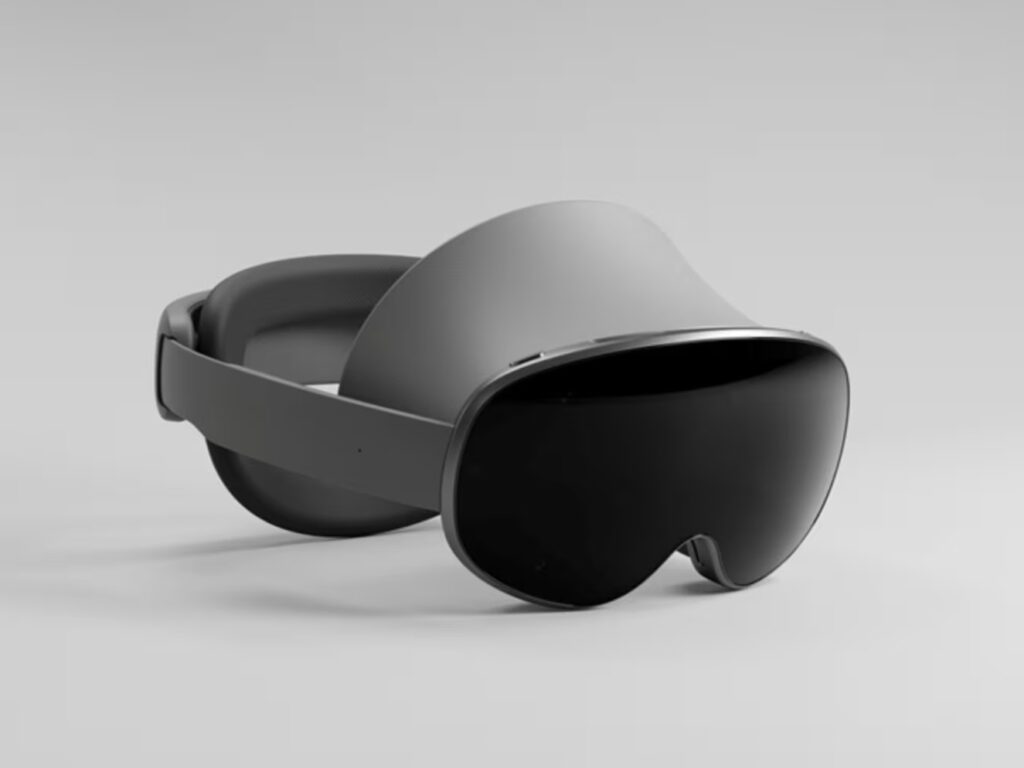POCO F7 vs F7 Pro vs F7 Ultra: Which One Should You Buy?
POCO’s F-series has always been about squeezing flagship performance into a price tag that doesn’t feel like daylight robbery. With the POCO F7, F7 Pro, and F7 Ultra now on shelves, the decision isn’t as simple as just picking the most expensive one. Each of these phones has clear strengths and trade-offs, depending on what you value most: performance, camera quality, display, or battery life.
Here’s how they stack up when you break it down properly. We compare the POCO F7, F7 Pro and F7 Ultra in their design, performance, cameras, battery and price.
Design
POCO F7
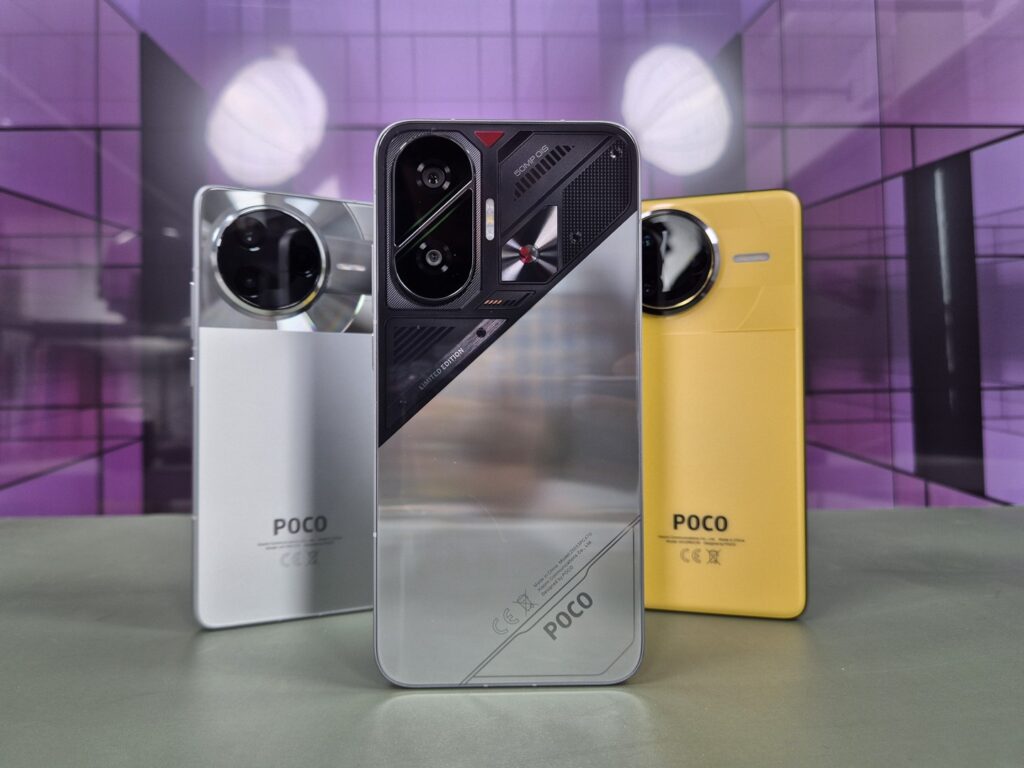
The POCO F7 features a large 6.83-inch flat AMOLED screen protected by Gorilla Glass 7i and wrapped in a flat metal frame. The silver variant of the F7 has the most “gamer” aesthetics among the bunch, with striking lines and bold and loud design elements. While it isn’t as garish as the ones on traditional gaming phones, it might still be a bit rich for the average “non-gamer” consumer.
Thankfully, there are more plain Black and White variants if you’re not into the whole “gamer” look. The F7 is using glossy glass, though, so it’s going to smudge a lot, so you might want to keep that in mind.
Despite being the entry model, it doesn’t skimp on build quality and even includes IP68 water and dust resistance, which is rare at this price.
POCO F7 Pro

The POCO F7 Pro bumps up the premium factor and comes in a slightly more compact size, with a 6.67-inch Flow AMOLED display. It still uses Gorilla Glass 7i on the front, but upgrades the rear to a matte-finished glass that feels more premium in hand. This also means that you won’t face any of the fingerprint smudges that the base model has. That is, until you see the top part of the backplate, which uses glossy glass.
The frame is made from aerospace-grade aluminium, and it carries the same IP68 rating as the F7, giving it a high-end durability feel. Instead of a pill-shaped camera bump, the F7 Pro now has a round camera bump to accommodate the extra camera lens (more on that later).
POCO F7 Ultra
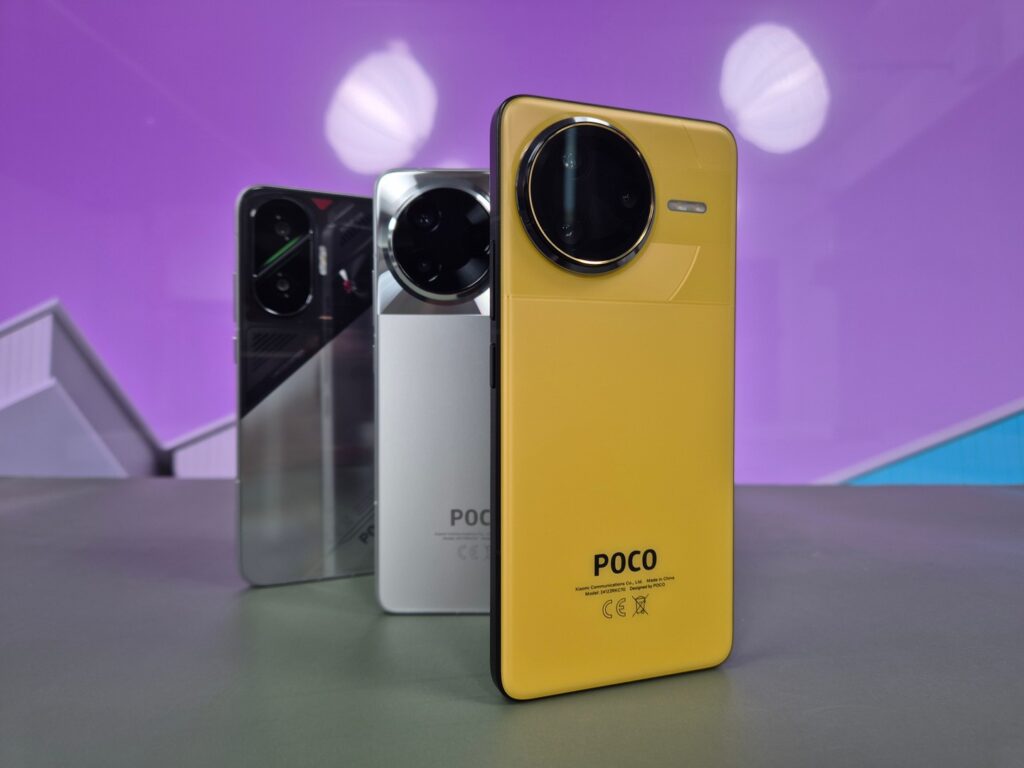
The overall look of the F7 Ultra is similar to the F7 Pro but with very slight design variations to differentiate itself from its Pro sibling. Furthermore, it comes with the addition of POCO Shield Glass, which offers improved drop resistance. It maintains the same IP68 rating, but feels the most refined in terms of finish and materials.
While all three phones are well-built and water-resistant, the F7 Ultra comes out ahead in terms of durability and aesthetic refinement. The F7 Pro sits comfortably in the middle with a more compact and polished design. The regular F7 is slightly bulkier but still solid, especially for its lower price.
Display
POCO F7
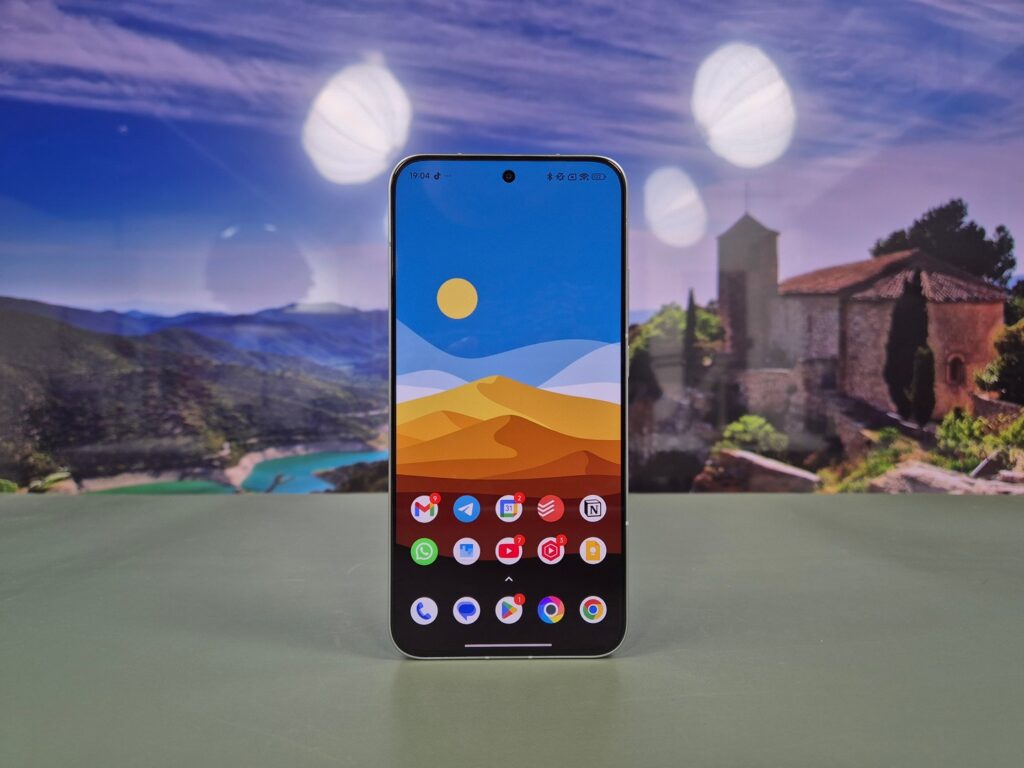
The POCO F7 features a large 6.83-inch AMOLED display with a resolution of 2400 by 1080 pixels and a 120Hz refresh rate. It delivers vibrant colours and deep blacks, and it supports HDR10+ for better contrast when watching supported content. The screen is flat and fairly bright, making it perfectly suitable for both media and gaming, though it doesn’t push beyond Full HD in resolution.
POCO F7 Pro
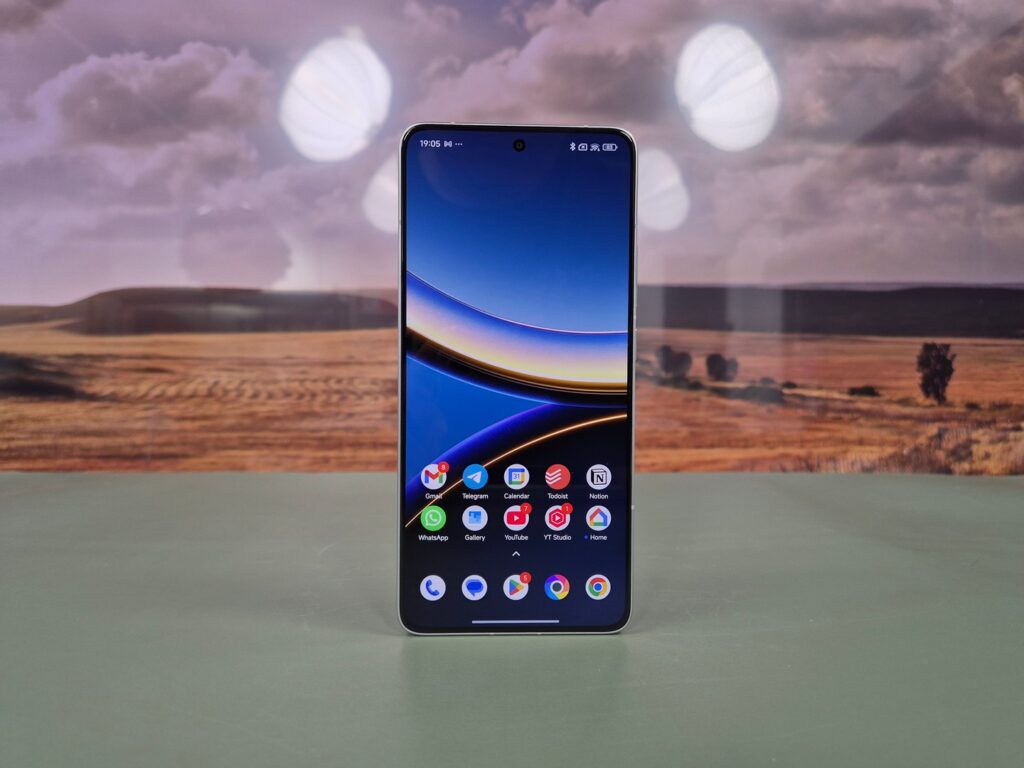
The POCO F7 Pro steps things up with a sharper 6.67-inch 2K Flow AMOLED panel, offering a resolution of 3200 by 1440 pixels. This results in a much crisper viewing experience, especially for those who read a lot or stream high-res content. The display is also brighter, with peak brightness levels that make it easier to see under direct sunlight. It maintains the 120Hz refresh rate, and scrolling or animations feel consistently smooth.
POCO F7 Ultra
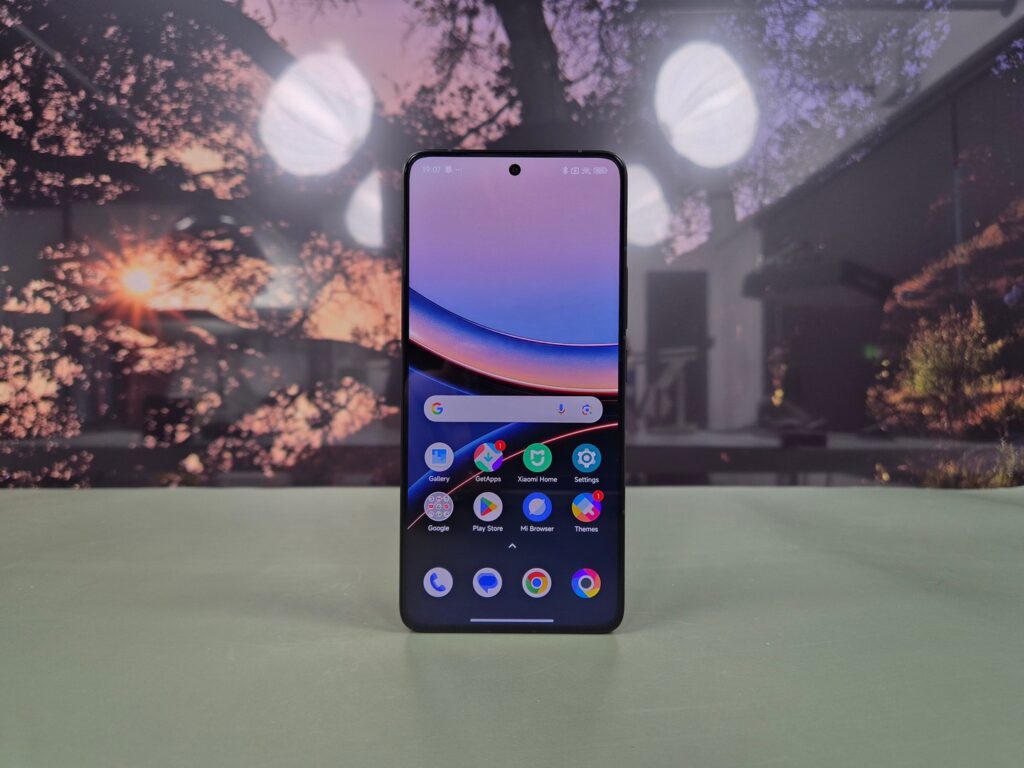
The POCO F7 Ultra matches the Pro in terms of size and resolution but uses an upgraded panel with what POCO calls “Ultra Vision Display.” This version offers even higher brightness, better HDR rendering, and finer control over colour calibration. It also has slimmer bezels, which adds to the immersive feel when watching videos or playing games. The panel supports advanced features like Dolby Vision, making it the most refined display experience out of the three.
All three phones offer 120Hz AMOLED panels, which is great to see across the board. However, the Pro and Ultra clearly stand out for having higher resolution and more vivid colour performance. The F7 is no slouch, but if display sharpness and brightness are priorities for you, then the Pro or Ultra are worth the upgrade.
Performance
POCO F7
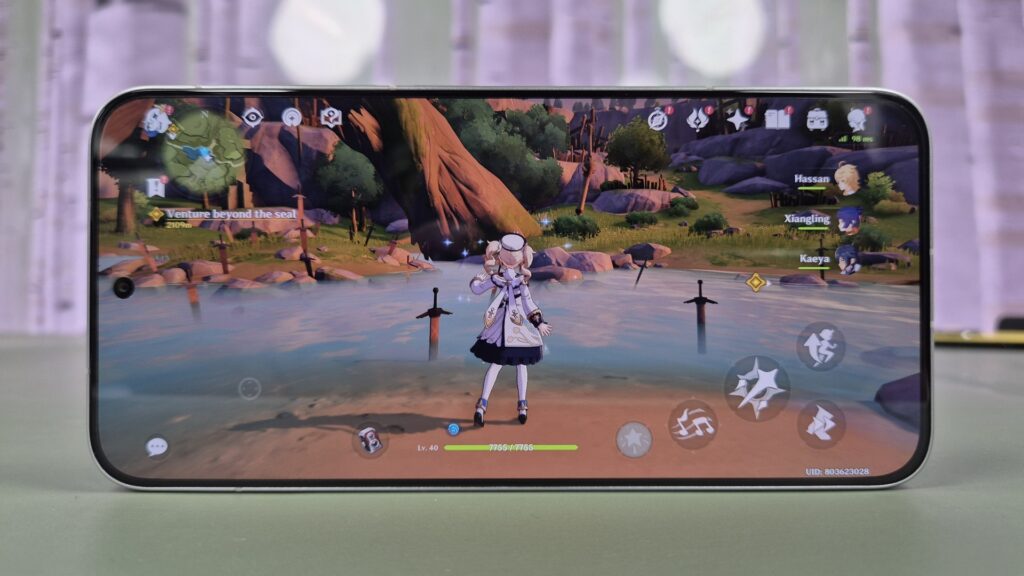
Under the hood, the POCO F7 runs on the Snapdragon 8s Gen 3, a capable 4nm processor that delivers good performance for gaming, app switching, and media. While it isn’t quite flagship level, it’s fast enough for most people and can run even graphically demanding games like Genshin Impact at its maximum settings.
While this has nothing to do with the chipset but the added screen real estate on the F7 does help in the gameplay experience. It offers more immersion, therefore a more enjoyable gameplay experience.
POCO F7 Pro
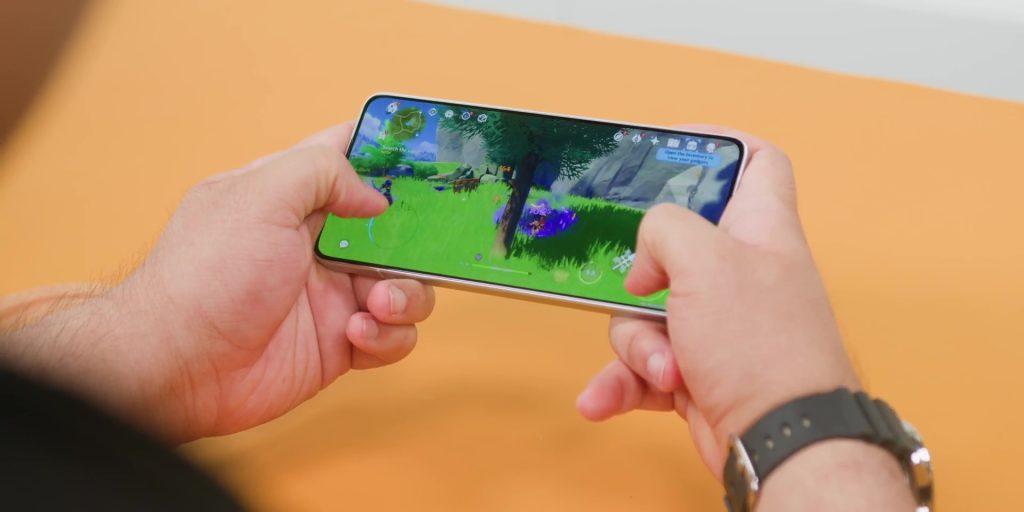
The F7 Pro leaps forward with the Snapdragon 8 Gen 3, which is a true flagship chip, albeit from the last generation. It offers better thermal efficiency, more stable frame rates during gaming, and faster overall system responsiveness. It also benefits from POCO’s LiquidCool tech and WildBoost 4.0, which help maintain peak performance for longer stretches without noticeable throttling.
POCO F7 Ultra
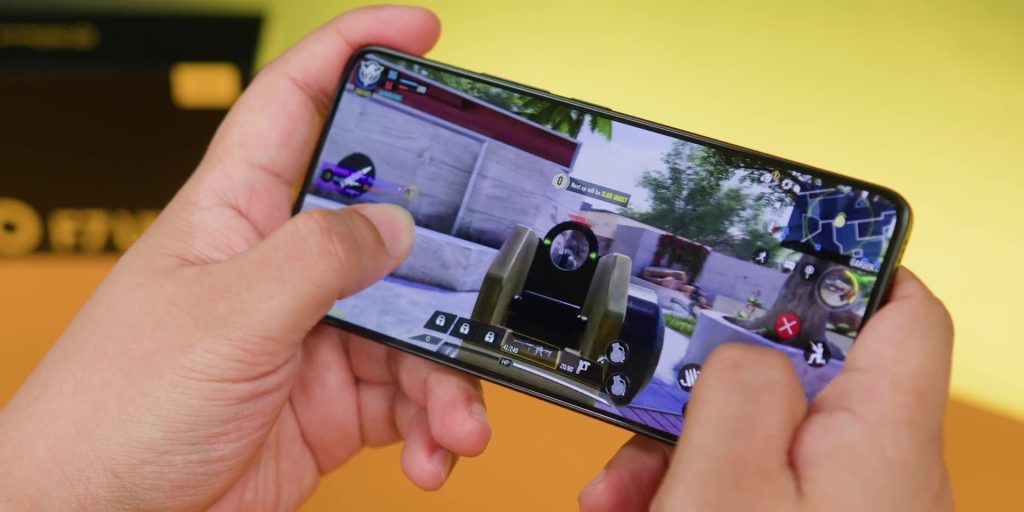
The F7 Ultra goes even further with the Snapdragon 8 Elite. It’s essentially a boosted version of the same chip found in the Pro, with even better thermal distribution, higher sustained performance under load, and improved AI acceleration. It also offers better GPU rendering and overall power management, which makes it the fastest phone in the lineup by a noticeable margin.
If you’re just looking for a phone that handles everyday tasks and some light gaming, the F7 does just fine. The F7 Pro is the sweet spot for those who want top-tier performance without pushing the budget too far. The F7 Ultra is best for gamers, power users, and anyone who wants a device that won’t feel outdated for the next few years.
Camera
POCO F7
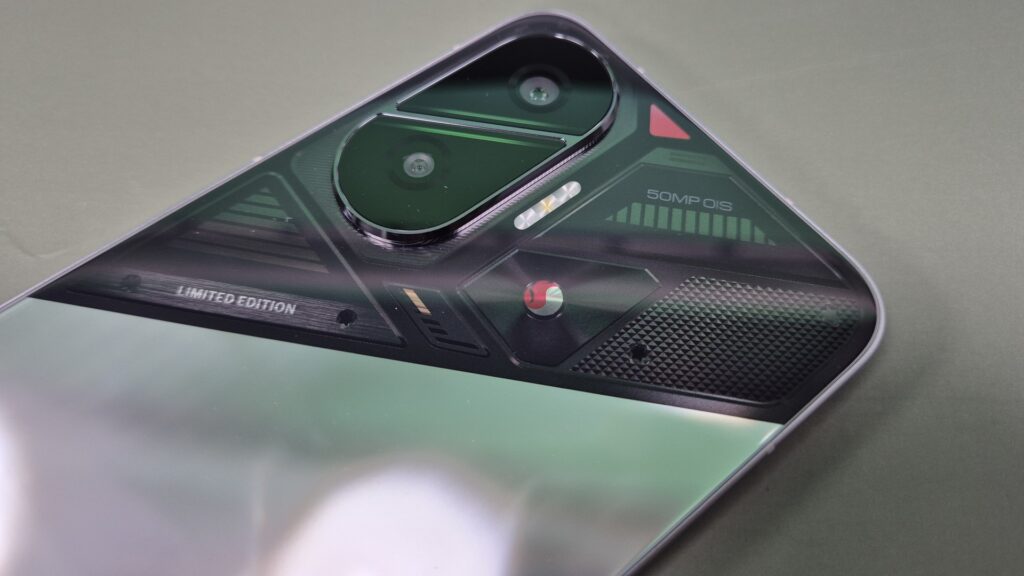
The POCO F7 features a dual-camera setup comprising a 50MP main sensor and an 8MP ultra-wide lens. The main camera performs well in bright lighting, offering a good dynamic range. The ultra-wide camera also performs quite well, despite its low megapixel count. It does great portrait shots, too.
As for video, the POCO F7 is capable of shooting up to 4K at 60fps with pretty decent results. The ultra-wide camera can only go up to 1080, though.
The front camera is a 20MP shooter, which is decent for selfies and video calls. The selfie camera also only shoots up to 1080p video at 60fps.
POCO F7 Pro
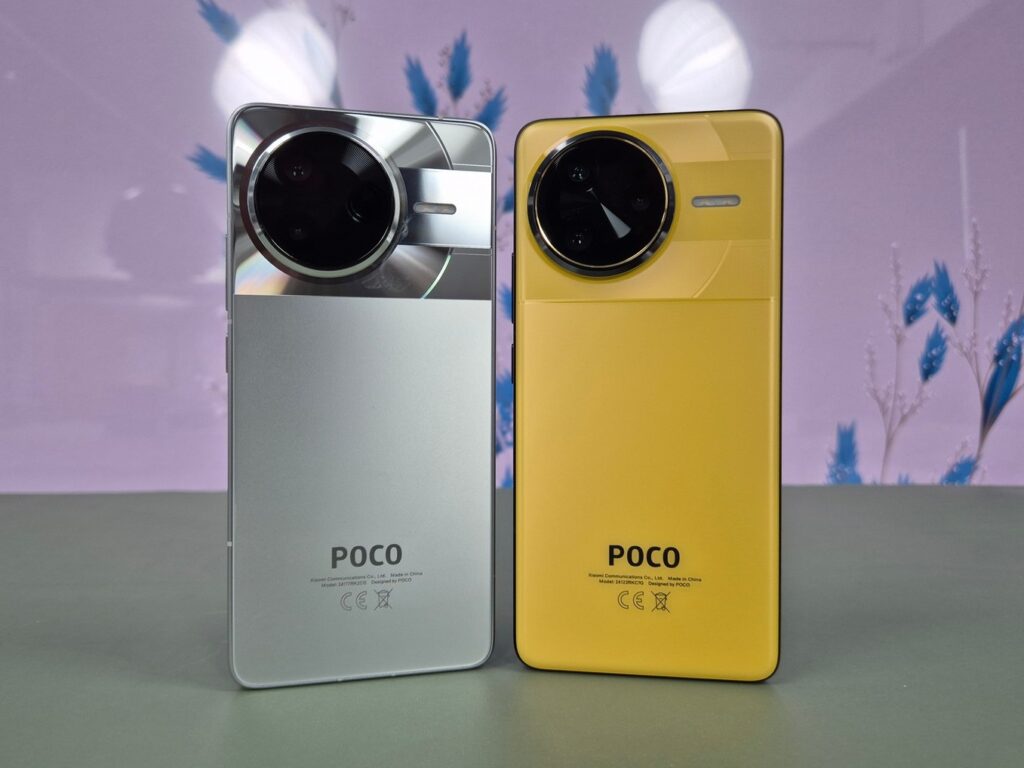
The F7 Pro sticks to a similar configuration but significantly upgrades the main sensor to a 50MP Light Fusion 800 sensor with optical image stabilisation (OIS). This improves clarity and sharpness, especially in motion or lower light. It also supports extremely high frame rate slow-motion video up to 1920fps, giving you more creative flexibility. The front camera stays at 20MP, but benefits from better post-processing.
The POCO F7 Pro is capable of shooting 8K video at 24fps and 4K video up to 60fps. The ultra-wide camera can only go up to 1080p though, just like the base model. The front camera tells the same story and can only shoot up to 1080p video at 60fps, although it does come with electronic image stabilisation (EIS). Good news if you like to do a lot of vlogging.
POCO F7 Ultra
The F7 Ultra is clearly the camera king among the three. It adds a 32MP ultra-wide lens and a dedicated 50MP telephoto camera with 2.5x optical zoom, alongside the 50MP main sensor. The telephoto lens has OIS, and the phone supports features like 8K video recording, motion tracking, dual video mode, and more.
Despite the clear upgrades across the board, the POCO F7 Ultra can only manage up to 1080p video recording at 60fps, which is a bit of a letdown for a supposed flagship device. It’s not bad per se, but could’ve been better.
The selfie camera is also bumped up to 32MP, making it the most versatile and high-resolution option for front-facing shots. Similar to the F7 Pro, the selfie camera only shoots video up to 1080p at 60fps and features EIS.
While the regular F7 does a good job for casual use, the Pro is a noticeable step up in terms of stabilisation and sharpness. However, the Ultra is in another class entirely, delivering the kind of photography experience that competes with much more expensive flagship phones.
Battery and Charging
POCO F7
The POCO F7 has the largest battery on paper, with a capacity close to 6,500mAh. It supports 90W fast charging, which POCO says can get you from zero to full in under 45 minutes, depending on conditions. This phone is built for long-lasting use and is ideal for users who want endurance above all else.
POCO F7 Pro
The F7 Pro comes with a slightly smaller 6,000mAh battery, but it’s also more power-efficient thanks to its chipset and display optimisations. Like the F7, it supports 90W charging, and the actual battery life is nearly identical in real-world use.
POCO F7 Ultra
The F7 Ultra has the smallest battery at 5,300mAh, but it compensates with much faster charging. It supports 120W wired charging and 50W wireless charging, the only model in the lineup to support wireless at all. This means you can go from near-empty to 100% in less than 30 minutes, and you also get the convenience of wireless top-ups.
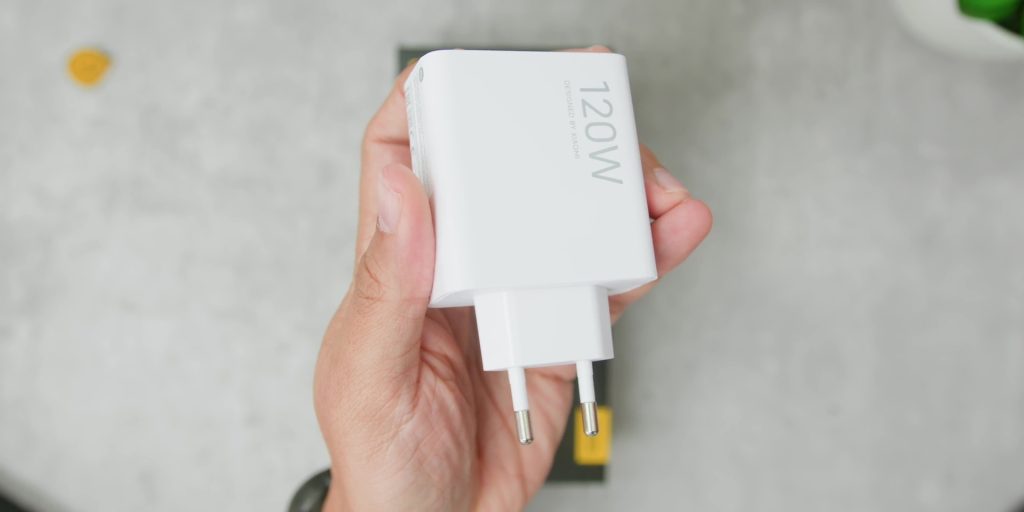
If pure battery life is your top priority, the F7 or F7 Pro are both excellent choices. But if you prefer faster charging, especially wireless, the Ultra is clearly the superior option. Another good thing is that all three POCO F7 devices come with a fast charging brick inside, which is a pretty rare sight nowadays, even amongst Xiaomi phones.
Price and Value
In Malaysia, the POCO F7 starts at RM1,659, making it the most affordable option in the lineup. For this price, it offers impressive value with a large display, Snapdragon 8s Gen 3 performance, and IP68 protection, features that are rare at this price point.
The POCO F7 Pro is priced from RM1,859. It delivers a noticeable step up with a flagship-grade Snapdragon 8 Gen 3 processor, a sharper 2K AMOLED screen, better cooling, and a more advanced camera system. At just RM200 more than the base F7, it represents excellent value for anyone who wants near-flagship power without paying flagship prices.
At the top of the range, the POCO F7 Ultra is priced at RM2,499. While it’s significantly more expensive, it offers upgrades that go beyond performance, including wireless charging, a telephoto camera, faster wired charging, and even more premium build quality. It’s a proper flagship device in POCO’s world, and that’s reflected in the price.
Given these prices, the regular F7 is ideal for budget-conscious users who still want strong performance. The F7 Pro hits the sweet spot with its excellent feature-to-price ratio. The F7 Ultra is best for users who want top-tier specs across the board and are willing to pay for the extras.
Final Verdict
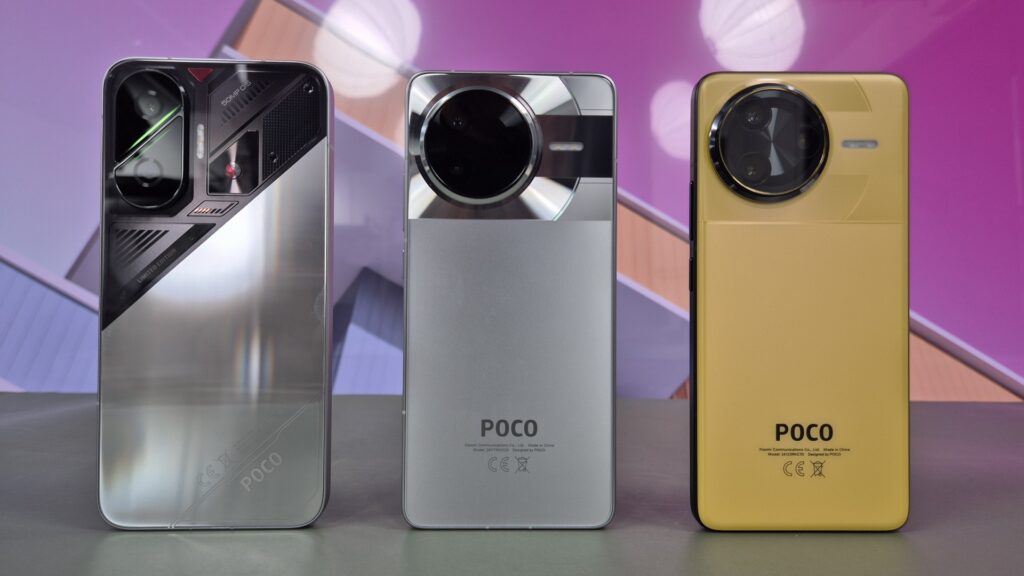
Choosing between the POCO F7, F7 Pro, and F7 Ultra really comes down to what you need from a phone.
If you want long battery life, a large screen, and solid day-to-day performance without paying too much, the POCO F7 is a smart and well-rounded choice. If you’re after a better camera, flagship-grade chipset, and higher-end materials, the F7 Pro hits the sweet spot and is likely the best choice for most people. But if you want everything, including telephoto zoom, faster charging, wireless convenience, and the best performance POCO has ever put in a phone, then the F7 Ultra is the one to go for.
The whole series can be found either through the Xiaomi Malaysia online store or the official POCO stores on Shopee and Lazada.
You can read our full review of the POCO F7 Ultra now. We also did a comparison a while back between the POCO F7 Pro and its predecessor, the POCO F6 Pro. The review for the POCO F7 will be coming in very soon, so stay tuned to us at Adam Lobo TV.


